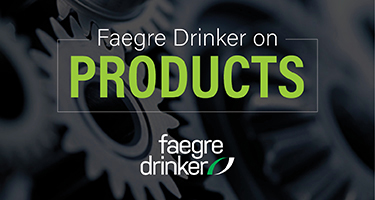A recent summary judgment decision out of the Southern District of Georgia illustrates the critical role of defect evidence (or lack thereof) in negligence claims involving medical devices. As the plaintiff in Rudzinskas v. Retractable Technologies, Inc., No. 4:24-cv-009, 2025 WL 22772490 (S.D. Ga. Sep. 29, 2025) recently learned, allegations that a medical device malfunctioned are not sufficient evidence to survive summary judgment on negligent manufacturing and failure to warn claims.
In Rudzinskas, the plaintiff alleged that on two different occasions, when her husband injected her with vitamin B12 at home, the needles shot off their syringes and became dislodged inside her body (first in her buttock, and a few months later, in her arm). Plaintiff asserted that the syringes were marketed as containing needles that automatically retract from a patient into the barrel of the syringe when the plunger handle is fully depressed. Plaintiff sought medical attention following the alleged incidents. Plaintiff’s physicians confirmed the presence of the first needle and attempted to surgically extract it, but the surgery was unsuccessful. After the second incident two months later, the same surgeon attempted to confirm the presence of the second needle, but did not see it and did not perform surgery. Arising from these allegations, the plaintiff asserted two claims against the defendant for (1) negligent manufacture and (2) negligent failure to warn.

